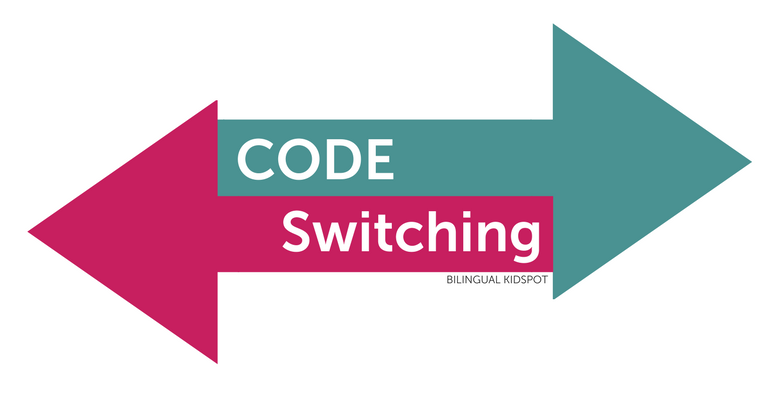Code-Switching .. Necessity, Benefits and Importance!!

Code-Switching: Necessity, Importance and Benefits
The 21st century has brought significant changes in language and communication. English has transformed from the first language of inner-circle countries to the lingua franca of the world. Today, it boasts the highest number of second-language speakers. A typical situation that occurs when people are bilingual i.e. fluent in two (or more) languages is code-switching.
Let’s Code-Switch
Code-switching is the shifting or interchanging from the linguistic system of one language or dialect to that of another language or dialect (“Code-switching”, n.d.); it is the utilization of two or more linguistic varieties in the same interaction or conversation (Scotton & Ury, 1977).
A fundamental cause for the progress of bilingualism is colonization (Kachru, 1986; Bolton 2002). Besides the 22 countries that were spared from British influence, 173 countries have been exposed to the English language directly and 67 of these countries list English as an official language; the language is employed in everyday conversations and the classroom.
Code-switch in my free time
In my opinion, code-switching is beneficial and inevitable; people should code-switch rather than solely relying on a single language. Outside the classroom, run-of-the-mill advantages include privacy and match the surrounding environment. Within the classroom, it has wide-ranging impacts.
According to a study, there are fourteen different reasons behind the use of code-switching in a Pakistani classroom (Dar & Khalid, 2014); English language teachers reveal that in ESL context, they feel the need to code-switch (from English to Urdu) for clarity of concepts, to give examples, when they are unable to recall an appropriate English equivalent for a Pakistani lexical item, to maintain discipline, to socialize and give instructions.
ALSO READ: PEDAGOGICAL SKILLS
Code-switching has also proven to enhance the academic achievement of students; it can help grasp content and encourage teaching and learning (Simasitku et al., 2015) while Abbas et.al (2011) argue that university students conceive code-switching and code-mixing as a communicative strategy rather than an educational tactic. Students prefer to code-switch and code-mix depending on the circumstances; they believe that such a method is more feasible and effective.
In a nutshell
In conclusion, code-switching is an inevitable feature of bilingualism and instead of viewing it as a handicap to the acquisition of a second language, it should be seen as a turbo booster to communication and comprehension.
Are you interested in poetry?
Check out my psychology pages!!
Currently, I am a student of Fatima Jinnah Women University. With a burning passion for psychology, words, and dreams, I decided to abandon medical studies for humanities. These days, when I’m not listening to ballads, watching movies, or sitting down with a good novel, I am rigorously studying Hangul (Korean language) to satisfy my obsession for BTS and K dramas. I’m a thinking introvert and INFJ personality. Therefore, I like ‘me time’. My articles typically resonate with psychological well-being advice.









